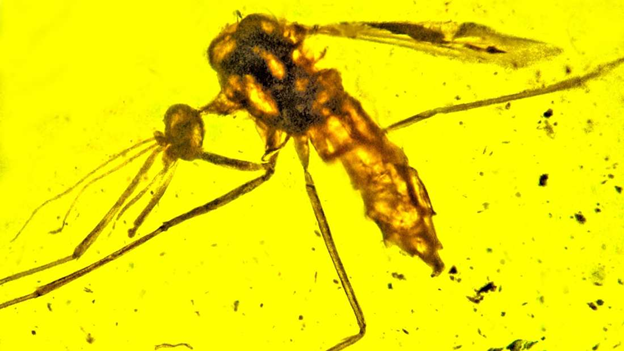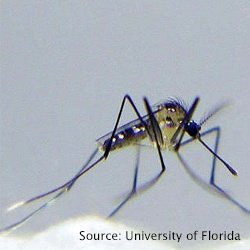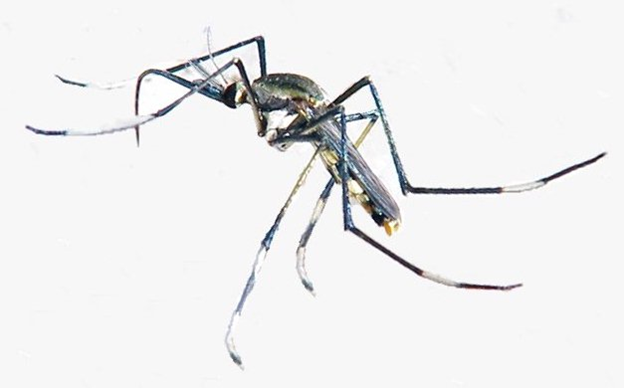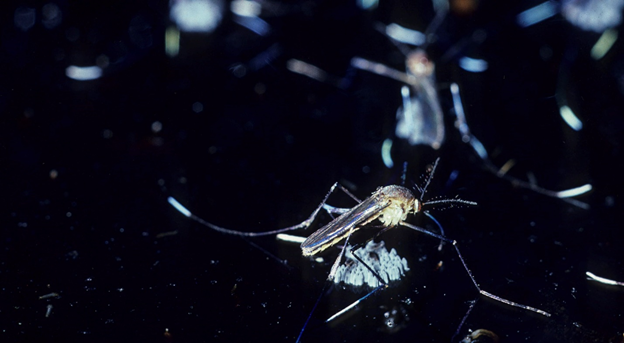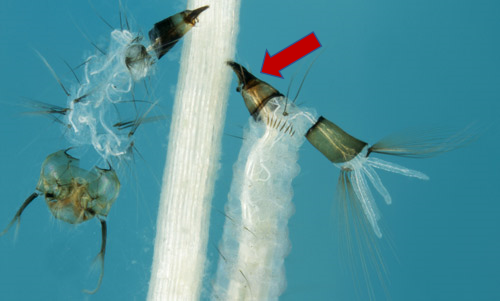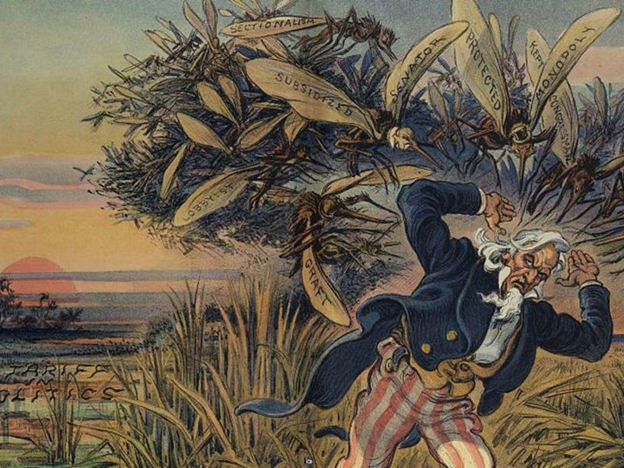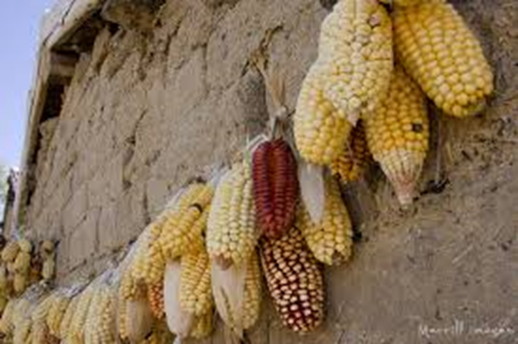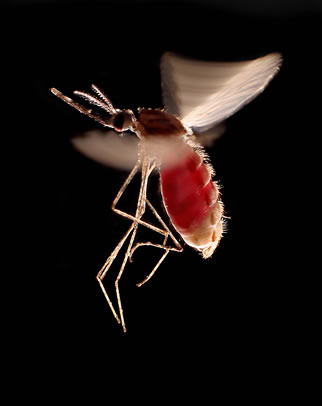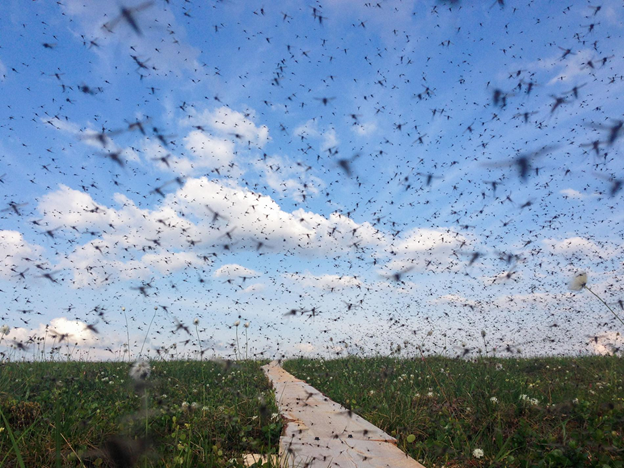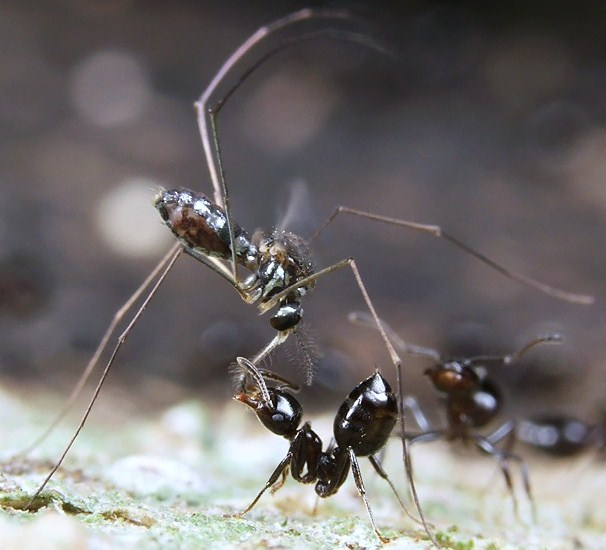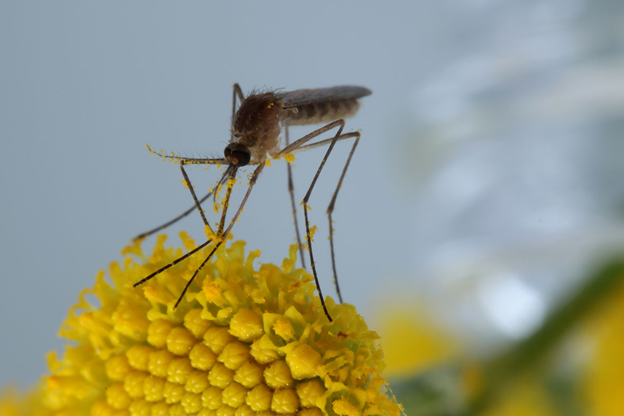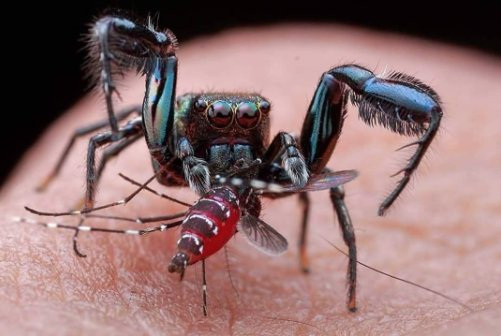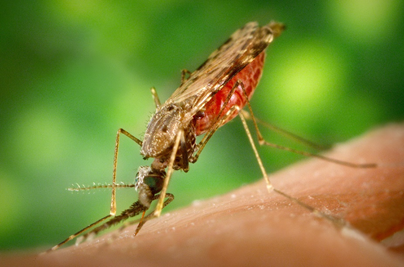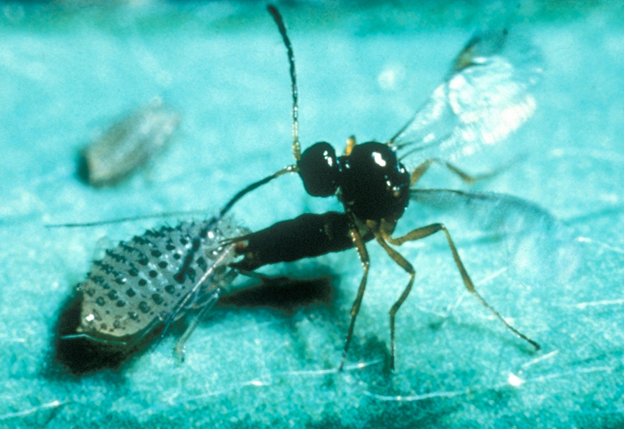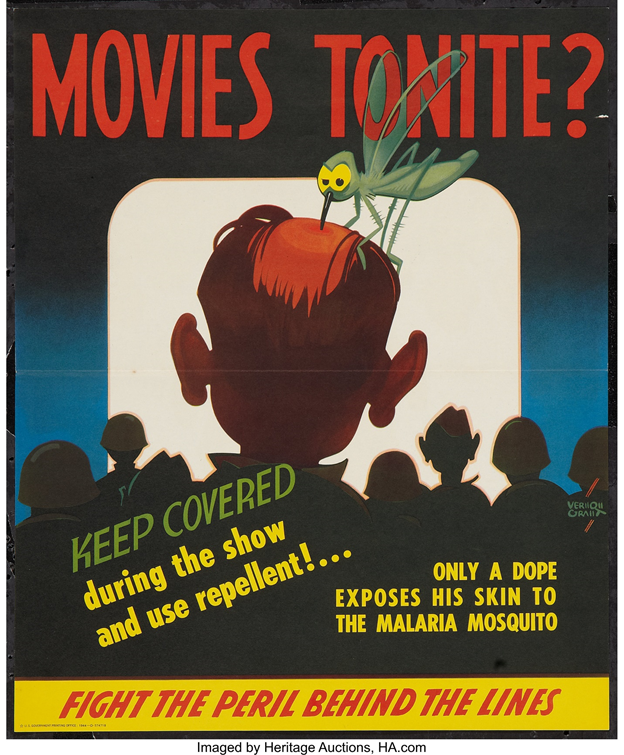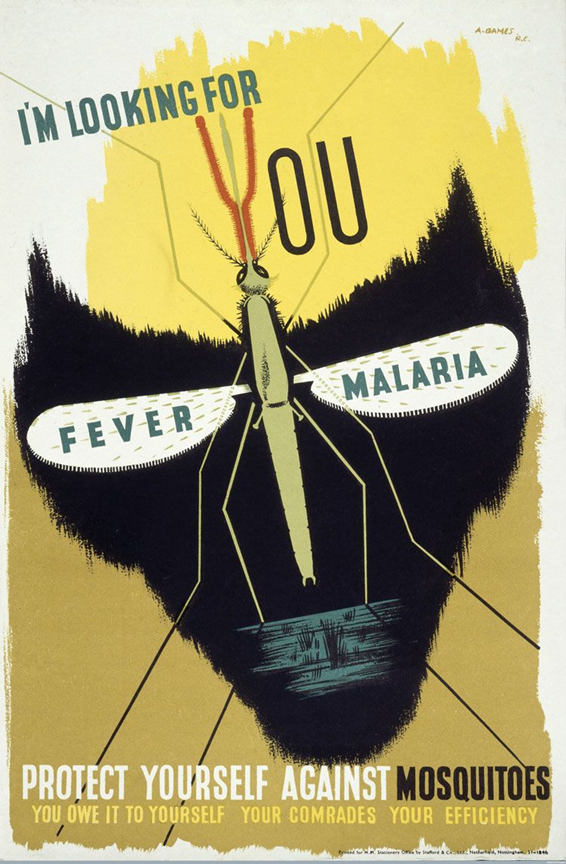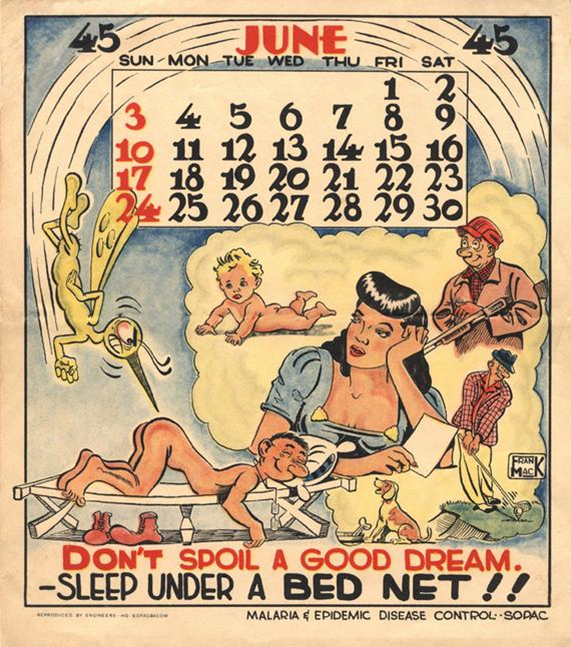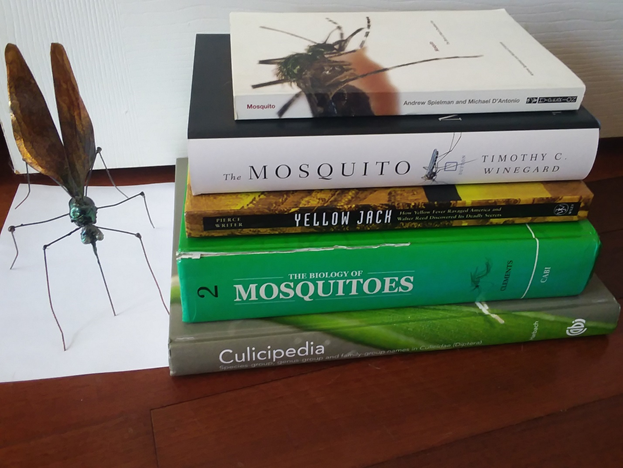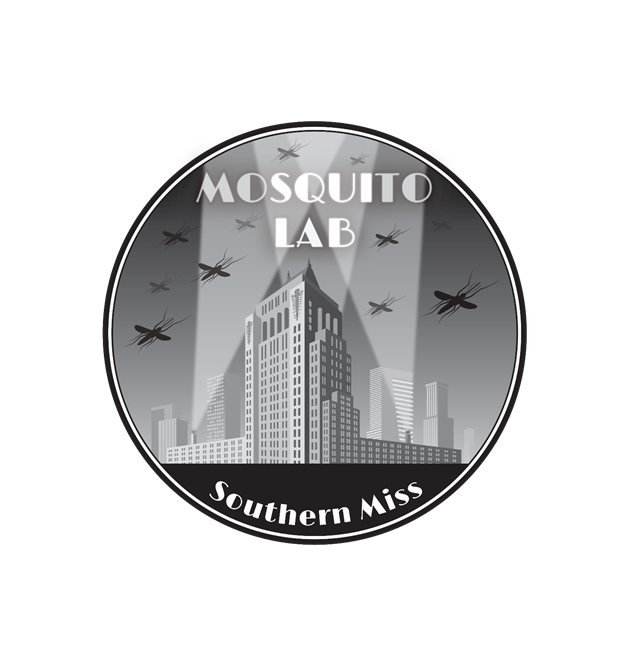Hello 2021. I join you in hoping for better days filled with friends/family, outdoor events, and mosquitoes! As promised a list of 21 lesser known facts about mosquitoes for 2021. I assume my followers know some basic facts but questions are welcome. #mosquitoes2021
#1 Mosquitoes are old. Like 190 million years old.Since then they’ve been biting dinosaurs, amphibians, birds, and our mammalian ancestors. Direct evidence comes from both fossils and amber, including this 100 million year old Priscoculex burmanicus from Myanmar.  G. Poinar Jr.
G. Poinar Jr.
 G. Poinar Jr.
G. Poinar Jr.
#2 They are diverse. Current count is 3,582 species across 41 genera. Of those, >60% fall into three genera: Culex (>1000 species), Aedes (>700 species), and Anopheles (~480 species). Based on estimates of other insects it’s likely there are 1,000s of species yet to be ID'd.
#3 Size matters. Like other groups there is considerable size range in mosquito adults, even though they all look the same to us. The biggest difference I’ve found is between Uranotania lowii (L) and Toxorhynchites rutilus (R). How different are they? 50 fold based on mass!
#4 Eggs. Most lay on the water surface or at/above the water line. Eggs are laid singly or glued eggs together in a floating “raft” (and raft shape varies by species). Female Trichoprosopon “guard” their eggs which may keep them from floating out of containers.  UFlorida
UFlorida
 UFlorida
UFlorida
#5 Larvae are cool. Larvae are aquatic although like adults breathe air. Most use a siphon to get oxygen from the surface however larval Coquillettidia and Mansonia use their modified siphon to pierce aquatic plants allowing them to use the oxygen from photosynthesis.  UFlorida
UFlorida
 UFlorida
UFlorida
#6 Drain the swamp? Politics aside, some species live in/around swamps. Culiseta melanura occupy northern US swamps. Before asphalt shingles for homes were invented these swamps were cut down for the trees to make wood singles, almost wiping out the species.  Library of Congress
Library of Congress
 Library of Congress
Library of Congress
#7 Food for thought. Larvae consume microscopic items including DOM, FDOM, bacteria, fungi, and protozoans. In Africa, pits are dug near homes for mud brick production, and corn pollen from nearby crops that enter leads to more and larger Anopheles mosquitoes carrying malaria.
#8 Dispersal. Adults have been found almost everywhere, including as high as 3900 m (Himalayas). Although some species can fly many miles over their lifetime, Aedes aegypti only fly about 400 m. That does not seem like much, but corrected for human size that’s about 20 mi (33 km)
#9 They suck. Females of many species need protein in blood to make eggs. Finding of a live host is elaborate, complicated, and depends on many factors. However in the Artic Ochlerotatus communis populations are so high they will often exsanguinate dead caribou.  Nat Geo
Nat Geo
 Nat Geo
Nat Geo
#10 It’s you. Because of genes, perfumes, and BO some people really do attract more mosquitoes. But other factors may also contribute to your attractiveness. Type O seems to be preferred although it’s more resistant to malaria. Also, beer drinking can make you more attractive!
#11. You’re sweet! Adults get sugar mostly from flower nectar or rotting fruit. However, adult Malaya leei will approach ants in the genus Cremastogaster and the ants allow them to inset their proboscis into their crop and drink stored sugar.  Takashi Komatsu
Takashi Komatsu
 Takashi Komatsu
Takashi Komatsu
#12 Flower power. Mosquitoes do visit flowers for nectar and likely pick up pollen however we don’t have much data on pollination. Aedes communis is known as a pollinator for Platanthera obtusata, a small orchid. Others examples likely exist but are unstudied.  Mike Hrabar
Mike Hrabar
 Mike Hrabar
Mike Hrabar
#13 Webs. So what good are they? Well, we know lots of stuff eats them, including other inverts, birds, and small vertebrates. However, spider predation takes on some interesting forms. Evarcha culicivora, a jumping spider from Africa seeks out blood fed Anopheles mosquitoes.
#14 Zombies. Well kinda. Pathogens are known to affect their vectors’ behavior. Plasmodium (agent of malaria) makes Anopheles hungrier while keeping her from taking large blood meals (= greater transmission). The parasite also has her avoid biting infected people. How? No idea.
#15 Alien! Parasitoids are insects that lay eggs in/on other insects. Best example are wasps that hunt caterpillars, using them as nurseries to grow the next generation. It may be that these wasps are the most diverse insects group, but there are no known mosquito parasitoids.
#16 Aliens! However there are parasites that affect mosquitoes. Larval mosquitoes are infected with nematodes that may alter their feeding behavior to decrease exposure to predators (below) The protozoa Ascrogregrine may have a similar effect in some mosquitoes.  K. Kobylinski
K. Kobylinski
 K. Kobylinski
K. Kobylinski
#17 Dance! Heard of the mashed potato? Ever dab? How about the "Badu Bounce"? Well to avoid the bites of Aedes aegypti and subsequent dengue infection, people in large groups in India are know to jiggle their legs up and down almost continually to ward off the adults.
#18 History. You know the gif. Mosquitoes have been a major factor in human history. e.g., mosquitoes likely had a hand (wing?) in the America Revolution. Few British soldiers had been exposed to malaria but many Continental troops had. This fact likely aided the US victory.
#19 Hail to the Chief. Besides millions of regular folks, some US Presidents were the victim of diseases including malaria: Washington, Jackson, Taylor, Madison, Grant, Monroe, Garfield, and T Roosevelt. TR likely also contracted other pathogens in his 1913 Amazon expedition.
#20 I know what I like. Apart from disease mosquitoes have also inspired art and advertising. Some are gothic and macabre, whereas others are more humorous. The US excelled at this during WW2, when posters and films were used to warn of the dangers of mosquito-borne disease.
#21 Wow! The most amazing lesser know fact about mosquitoes is how little we know about them. Questions about pathogen transmission, their life cycle, the number of species, and their interactions with other species are all big scientific mysteries waiting to be discovered.
Hope you enjoyed this. Here are some of the references I used (all good readings). You can also find out more about my lab by visiting my site ( https://aquaticinsectecology.org/ ) and research via Google Scholar ( https://scholar.google.com/citations?user=FvVJk-8AAAAJ&hl=en)

 Read on Twitter
Read on Twitter